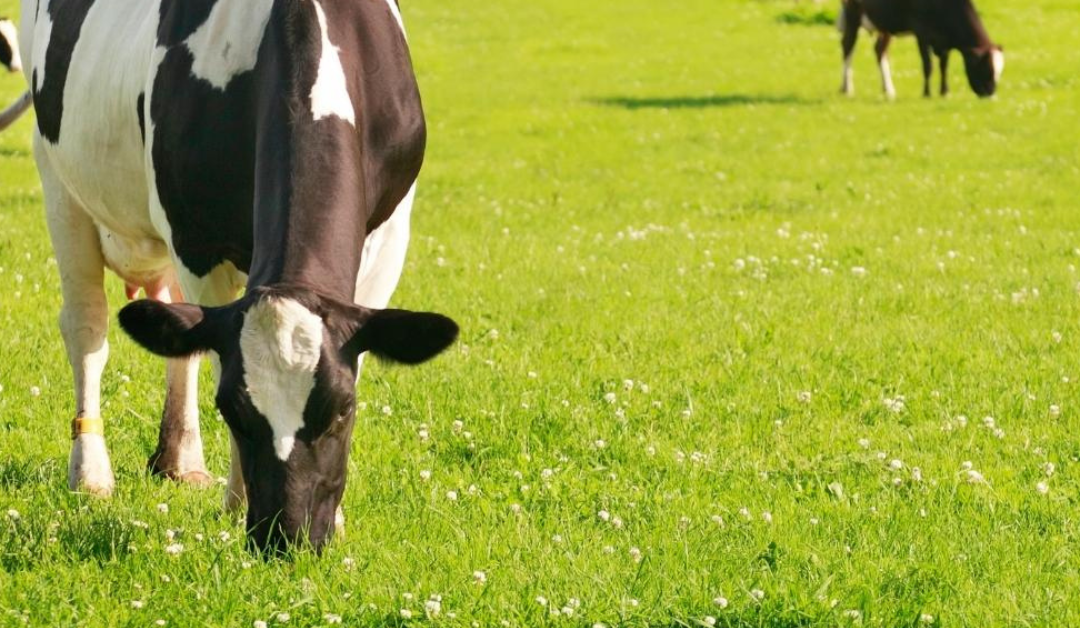At this point in the year, the majority of the heavy lifting in terms of nutrition is complete. However, we must not lose focus, we need to ensure we are managing the natural decline in milk production over the next number of weeks and months.
Naturally, milk production will decline by 2-2.5% per week (10%/month) until the end of the lactation. However, in many cases, especially where grass quality starts to deteriorate, this decline can be more severe for periods, resulting in production losses that are difficult to make back.
At this point in the year, when conditions allow, grass alone will sustain approximately 22-23 litres/day of output when it’s in plentiful supply. Where quality or grazing conditions are compromised, this can decline to 18-19 litres/day and/or decreased milk protein percent-age. It is purely energy nutrition that sustains milk yield after peak, with energy in the diet being derived from high quality grazed grass. It is only then we should look at the strategic use of concentrates, with feeding rates depending on grass availability and cow output. The aim is to fill the gap between the energy required by the cow and the energy supplied by grass.
Grazing 2022: The Struggle For Quality

Growth continues to be somewhat variable in recent weeks regionally. Walking the grazing platform more regularly to make informed decisions is extremely important to assess grass availability and quality. In the last number of weeks grass has moved into the reproductive stage, where its priority is producing a seed head and a high proportion of stem to support this. Soil moisture deficits and/or nutrient stress will also exacer-bate the stem proportion in the sward and make maintaining quality difficult.
Aim to achieve 3.5-4cm residuals to promote quality regrowth in the subsequent round. If surplus grass is evident, avoid being complacent and take it out as bales. Pre-mowing paddocks is also an option to assist in greater utilisation. In lower stocked situations topping can be used as a last resort, however a percentage of grass is being wasted here that is not being consumed.
It is worthwhile to remember that, according to Teagasc, every 4% reduction in grass digestibility will result in a 5% loss in milk solids yield – reemphasising the need to keep on top of grass quality.
For more advice on how to optimise milk production during the summer, contact your local Agritech Sales Advisor.


